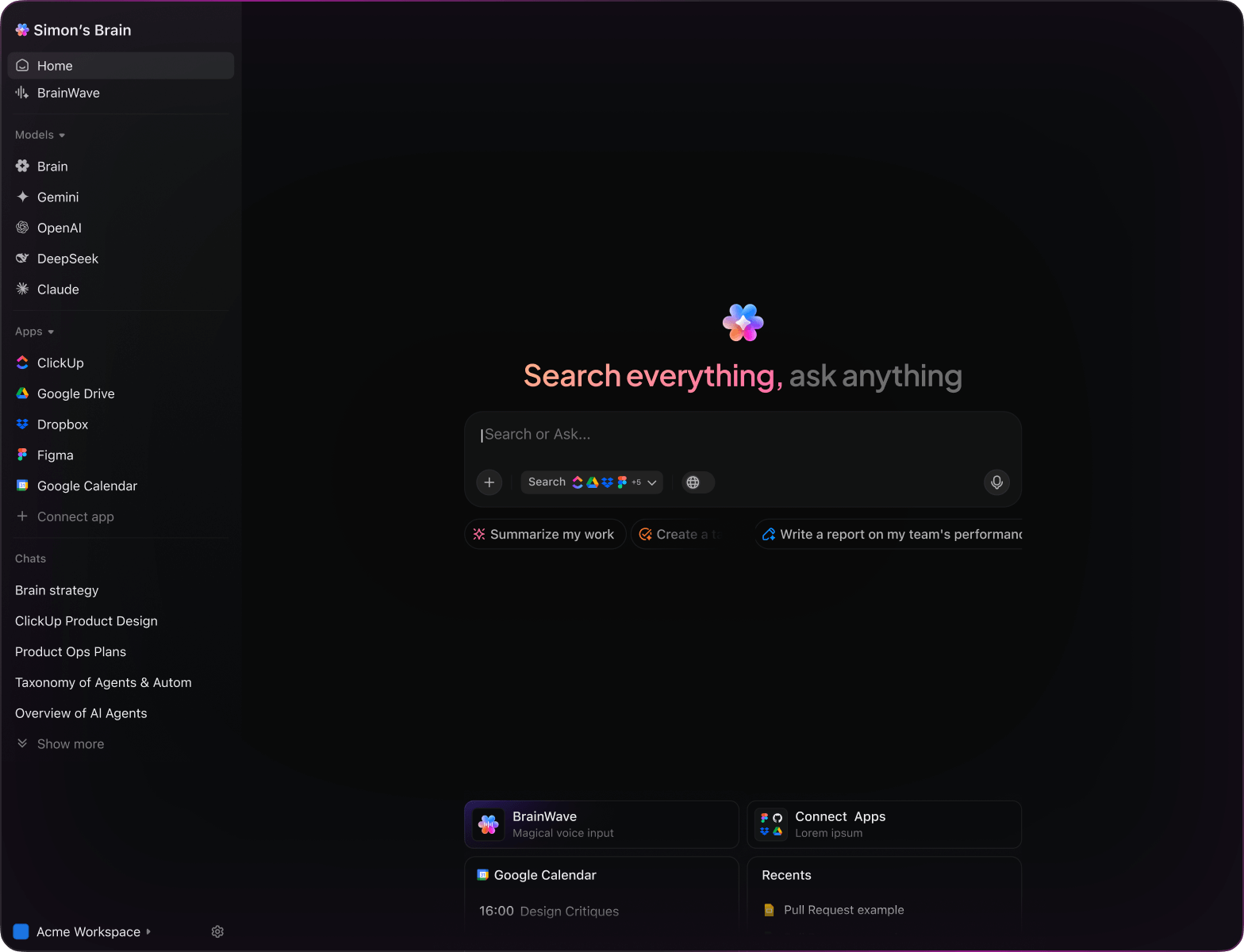AI Risk Assessment
Top AI Prompts for Risk Evaluation
Identify hazards, enhance decision-making, and strengthen your risk management process with ClickUp AI.
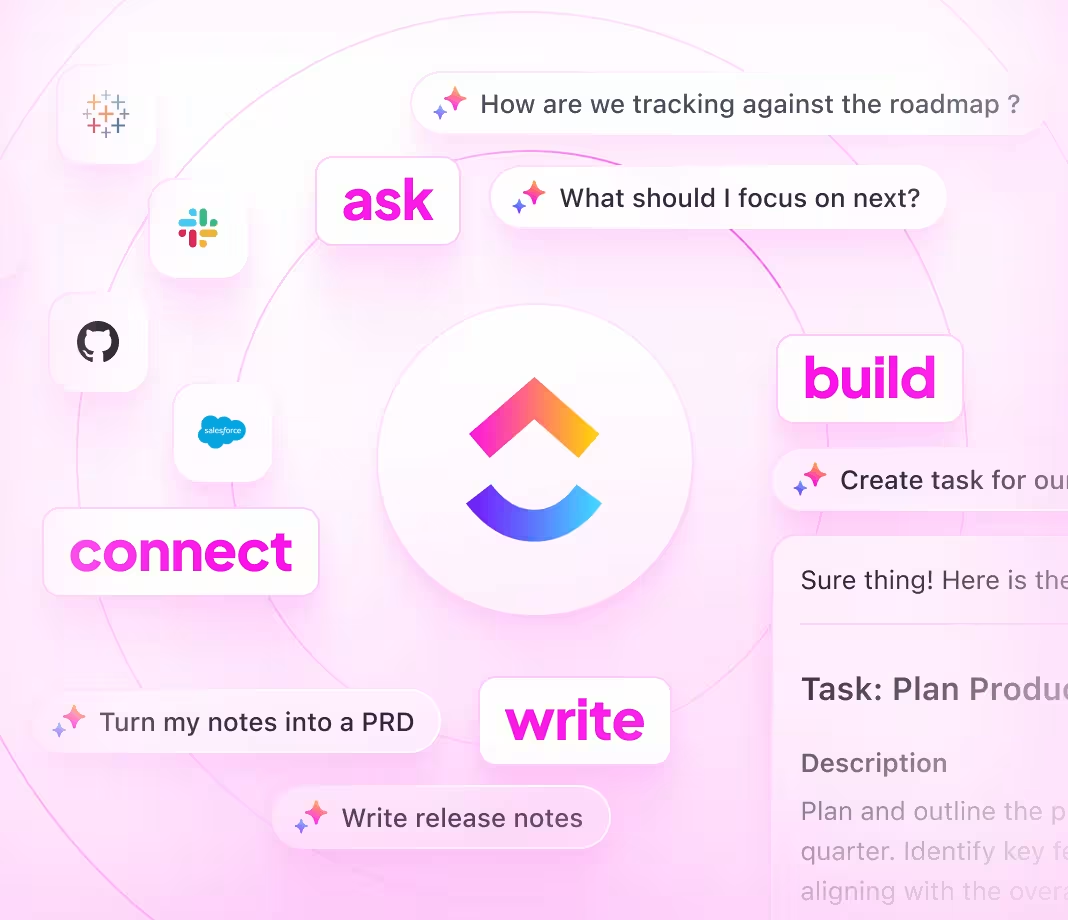
Trusted by the world’s leading businesses
AI in Risk Management
AI Prompts Revolutionizing Risk Assessment Workflows
Evaluating risks effectively goes beyond just identifying hazards—it requires a coordinated approach behind the scenes.
From initial hazard identification to impact analysis, mitigation planning, and compliance tracking, risk assessment spans numerous processes—and a multitude of reports, data points, and deadlines. This is where AI prompts prove invaluable.
Risk teams leverage AI to:
- Quickly highlight relevant risk factors and historical data
- Generate detailed risk evaluation reports and mitigation plans with minimal effort
- Extract key insights from complex regulatory documents
- Transform unstructured observations into clear action items, checklists, or follow-up tasks
When integrated into familiar tools—such as documents, whiteboards, and project trackers—AI becomes an essential partner. In platforms like ClickUp Brain, it operates seamlessly to convert raw inputs into structured, prioritized risk management activities.
ClickUp Brain Compared to Conventional AI
Why ClickUp Brain Excels in Risk Assessment
ClickUp Brain integrates seamlessly, understands your context deeply, and empowers you to act swiftly—cutting down on needless explanations.
Conventional AI Solutions
- Constantly toggling between apps to collect information
- Repeating your objectives with every query
- Receiving generic, irrelevant feedback
- Hunting through multiple platforms for a single document
- Interacting with AI that only processes input passively
- Manually switching between different AI engines
- Merely a browser add-on without deep integration
ClickUp Brain
- Instantly accesses your tasks, documents, and team communications
- Retains your project history and risk goals
- Provides detailed, context-aware guidance
- Searches across all your resources in one place
- Allows hands-free input with Talk to Text
- Automatically selects the optimal AI model: GPT, Claude, Gemini
- Dedicated Mac & Windows apps designed for performance
Risk Assessment AI Prompts
15 Targeted AI Prompts for Risk Assessment Teams
Enhance risk evaluation—identify threats, analyze data, and ensure compliance effortlessly.

Identify 5 potential supply chain risk scenarios based on insights from the ‘Q3 Risk Overview’ document.
ClickUp Brain Behavior: Analyzes linked reports to extract and outline plausible disruption cases relevant to your operations.

Summarize trending cybersecurity risks affecting financial institutions in 2024.
ClickUp Brain Behavior: Gathers and condenses information from internal threat assessments; Brain Max can supplement with latest public intelligence if available.

Develop a comprehensive mitigation strategy for data privacy, drawing from Policy Doc #12 and previous audit notes.
ClickUp Brain Behavior: Extracts key compliance requirements and past findings to assemble a structured action plan.

Summarize and contrast operational risk elements from Plant A and Plant B based on ‘Ops Risk Q2’ documentation.
ClickUp Brain Behavior: Processes tabular and narrative data to deliver a clear comparative risk analysis.

Compile a list of primary environmental risks noted in the latest inspection reports and safety logs.
ClickUp Brain Behavior: Scans internal documents to highlight recurring hazards and their impact assessments.

Create a detailed compliance testing checklist derived from the ‘Audit Procedures’ manual.
ClickUp Brain Behavior: Extracts criteria and converts them into an actionable checklist within a task or document.

Identify and describe three innovative tools or methods in risk management highlighted in recent publications.
ClickUp Brain Behavior: Extracts key trends and technological advancements from linked research and whitepapers.

Analyze survey data to outline predominant employee concerns regarding safety protocols.
ClickUp Brain Behavior: Reads survey responses to detect common themes and areas needing attention.

Develop engaging and straightforward safety alerts aligned with the tone outlined in ‘CommStyle.pdf.’
ClickUp Brain Behavior: Pulls style cues from the document to suggest message variations suited for quick comprehension.

Outline key changes in OSHA 2025 standards and their implications for chemical safety procedures.
ClickUp Brain Behavior: Reviews linked compliance files and public updates to provide a focused summary.

Extract specifications for hazard sign placement and labeling from regional compliance documents.
ClickUp Brain Behavior: Compiles measurements, positioning rules, and labeling requirements into a clear guideline checklist.

Develop a structured checklist for conducting emergency drills referencing updated safety protocols and manuals.
ClickUp Brain Behavior: Identifies essential drill components and organizes them into grouped tasks by scenario type.

Summarize and contrast fire risk control measures implemented in warehouses, offices, and labs.
ClickUp Brain Behavior: Synthesizes audit findings into an accessible comparison table or summary.

Identify and summarize new risk factors associated with remote work setups based on recent studies and internal reports.
ClickUp Brain Behavior: Extracts and consolidates trends from research notes and organizational feedback.

Highlight primary safety concerns and procedural gaps identified through contractor surveys and reports.
ClickUp Brain Behavior: Prioritizes and organizes user-submitted issues from feedback forms and incident tickets.
Elevate Risk Analysis with ClickUp Brain
Cut down on guesswork, unify your team’s insights, and produce sharper risk evaluations powered by AI-driven processes.





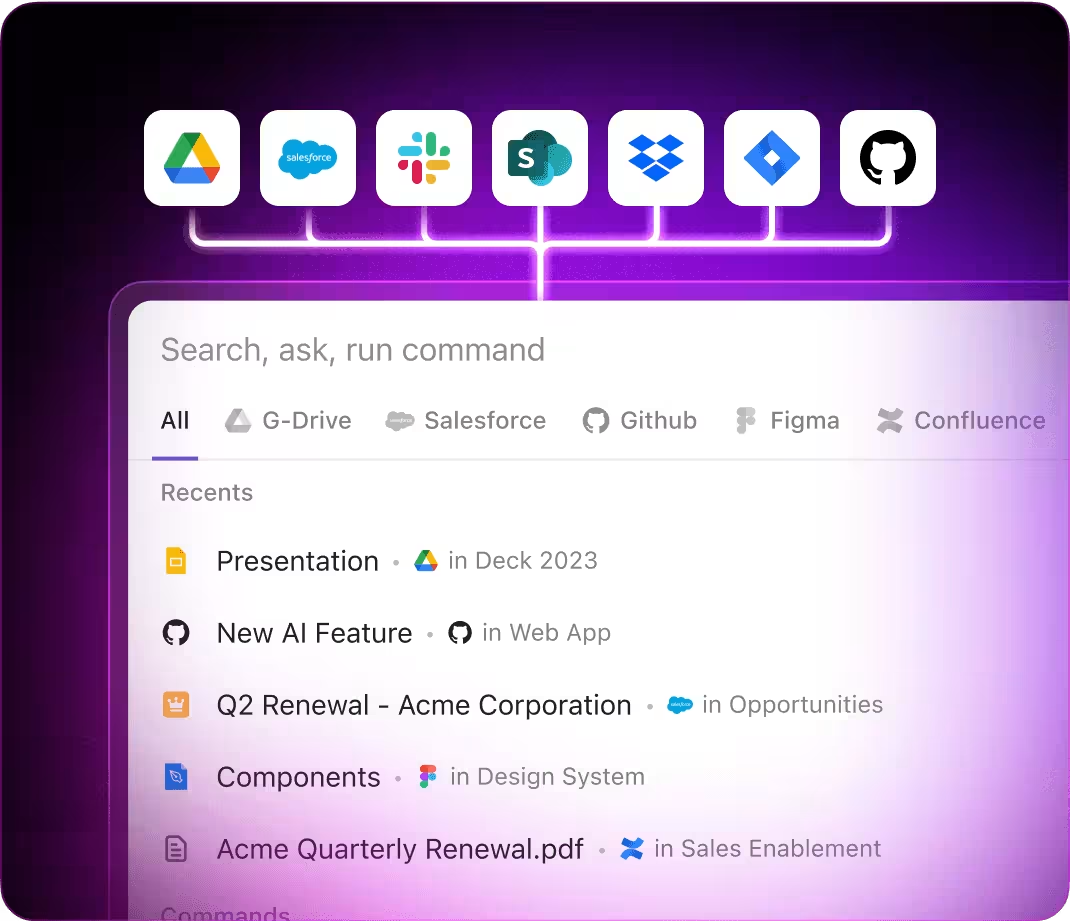
LLMs Meet Workflow Intelligence: ClickUp Brain Enhances Risk Assessment
Discover How ChatGPT, Gemini, Perplexity, and ClickUp Brain Tackle Risk Evaluation Challenges
ChatGPT Risk Assessment Prompts
- Outline a 5-point risk evaluation summary from recent project incident reports.
- Compose communication drafts addressing risk mitigation strategies for stakeholders.
- Propose 3 alternative risk categorization frameworks and explain their impact on project safety.
- Develop a stepwise process for integrating risk controls into ongoing workflows.
- Compare last 3 risk assessment reports and highlight recurring high-priority concerns.
Gemini Risk Analysis Prompts
- Generate 3 dashboard layouts for risk monitoring tailored to project management teams.
- Suggest innovative risk visualization techniques focusing on clarity and user engagement.
- Create a mood board description for a risk management interface emphasizing alert prioritization.
- Recommend ergonomic layouts for risk review meetings and rank by effectiveness.
- Build a comparison chart of risk mitigation strategies across three projects, focusing on impact and resource use.
Perplexity Risk Insights Prompts
- List 5 emerging risk factors in project management and rank by potential impact.
- Provide a comparative analysis of risk assessment methodologies, highlighting pros and cons.
- Summarize global trends in risk management software adoption and user feedback.
- Generate 5 innovative risk communication strategies and rank by clarity and effectiveness.
- Compare previous risk incident case studies and extract top 3 preventative lessons.
ClickUp Brain Risk Assessment Prompts
- Transform this risk incident log into prioritized mitigation tasks with assigned owners.
- Summarize risk review meeting notes and generate follow-up action items with deadlines.
- Analyze annotated risk maps and produce a checklist for compliance verification.
- Create a task list from cross-department discussions on hazard reduction, including urgency levels.
- Summarize audit transcripts for safety protocol updates and generate actionable tasks in ClickUp.
How ClickUp Supports You
Transform Initial Thoughts Into Solid Plans
- Convert scattered notes into polished risk reports quickly.
- Generate new strategies by analyzing previous assessments.
- Build custom templates that accelerate every evaluation.
Brain Max Boost: Effortlessly access historical risk data, team feedback, and analysis files to guide your upcoming assessments.
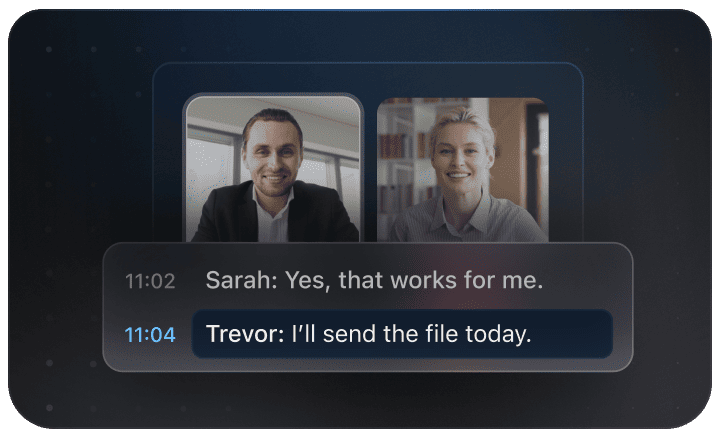
How ClickUp Supports You
Accelerate Risk Assessment Processes
- Break down intricate risk factors into manageable tasks.
- Transform assessment insights into actionable assignments.
- Automatically produce comprehensive risk reports without extra effort.
Brain Max Boost: Instantly access historical risk data, incident logs, or compliance records across all projects.
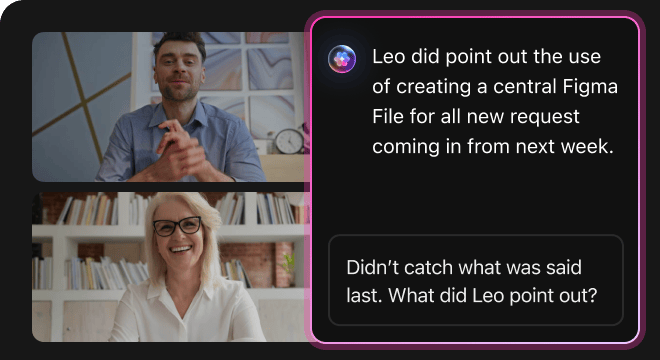
AI Advantages
Elevate Risk Assessment with AI-Driven Prompts
Harness AI prompts to identify hazards faster and enhance risk management strategies.
Quickly Identify Potential Risks
Risk managers uncover hidden threats promptly, enabling proactive mitigation and informed planning.
Enhance Decision Accuracy
Make well-informed choices that reduce exposure and align with compliance standards.
Prevent Costly Oversights Early
Detect issues before they escalate, lowering remediation expenses and accelerating project timelines.
Align Teams Around Risk Priorities
Facilitates clear communication, minimizes misunderstandings, and accelerates consensus across departments.
Drive Continuous Risk Innovation
Encourages fresh approaches to risk evaluation, keeping your strategies adaptive and forward-thinking.
Integrated AI Support within ClickUp
Transforms AI insights into actionable tasks, ensuring risk assessments translate into effective outcomes.
Speed Up Your Risk Analysis
Minimize mistakes, improve collaboration, and generate insightful reports with AI support.





